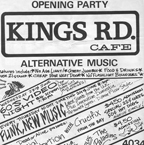 Jason Seibert's generous donation of early-'80s San Diego flyers offers a prime opportunity to open discussion of the Kings Road Cafe (née the International Blend), a small venue that played an enormous role in fostering and showcasing an eclectic mix of bands.
Jason Seibert's generous donation of early-'80s San Diego flyers offers a prime opportunity to open discussion of the Kings Road Cafe (née the International Blend), a small venue that played an enormous role in fostering and showcasing an eclectic mix of bands.
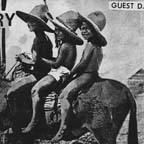 The Seibert Collection represents a slice of life at Kings Road in the summer of 1982, starting in June when the club morphed from the I-Blend under the management of Peter "English" Verbrugge. Other artifacts, including a July 1982 calendar (with membership card offer!), highlight the variety of performers that visited 4034 30th St. that summer, both San Diego regulars and up-and-coming out-of-towners.
The Seibert Collection represents a slice of life at Kings Road in the summer of 1982, starting in June when the club morphed from the I-Blend under the management of Peter "English" Verbrugge. Other artifacts, including a July 1982 calendar (with membership card offer!), highlight the variety of performers that visited 4034 30th St. that summer, both San Diego regulars and up-and-coming out-of-towners.


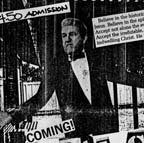









 I heard that a lot when I moved to Leucadia from Milwaukee in 1976 to start seventh grade. (I was born in Manhattan, lived in upstate NY for third and fourth grades, then moved to Wisconsin for fifth and sixth; the license plates on our VW station wagon advertised our status as new arrivals.)
I heard that a lot when I moved to Leucadia from Milwaukee in 1976 to start seventh grade. (I was born in Manhattan, lived in upstate NY for third and fourth grades, then moved to Wisconsin for fifth and sixth; the license plates on our VW station wagon advertised our status as new arrivals.)
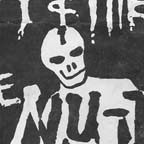




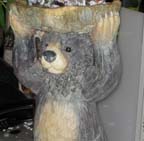



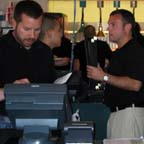


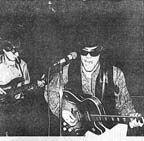 Another pillar of SD punk's plastic arts (along with music,
Another pillar of SD punk's plastic arts (along with music,  Its reappearance prompted this wonderful response from David Klowden: "Seeing this issue of Q-Sub triggered an intense emotional stew of white hot longing for that place and time, deep black terror at the passage of the years & a kind of fatherly love for my younger self that is beyond description.
Its reappearance prompted this wonderful response from David Klowden: "Seeing this issue of Q-Sub triggered an intense emotional stew of white hot longing for that place and time, deep black terror at the passage of the years & a kind of fatherly love for my younger self that is beyond description.